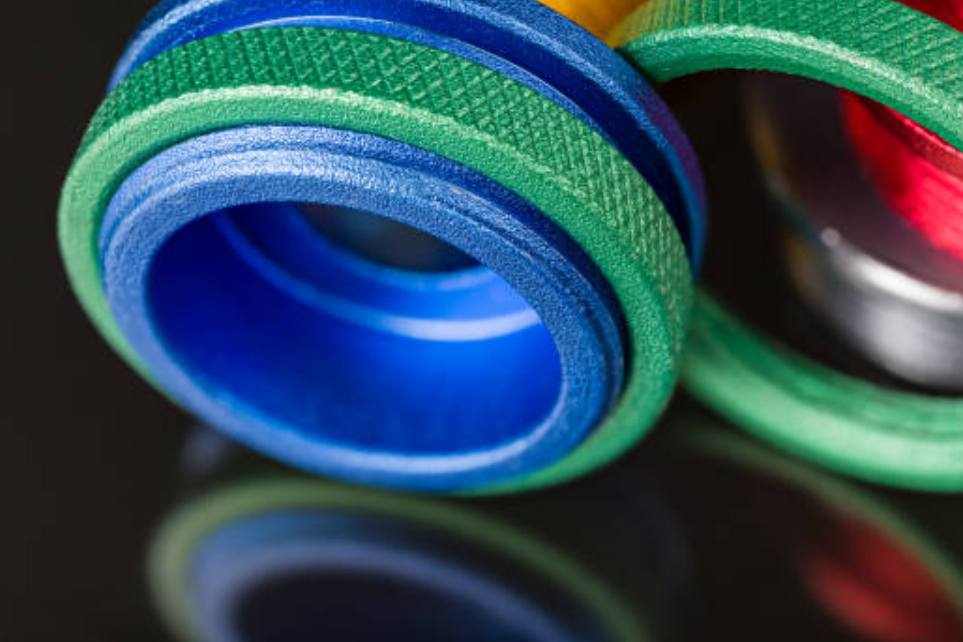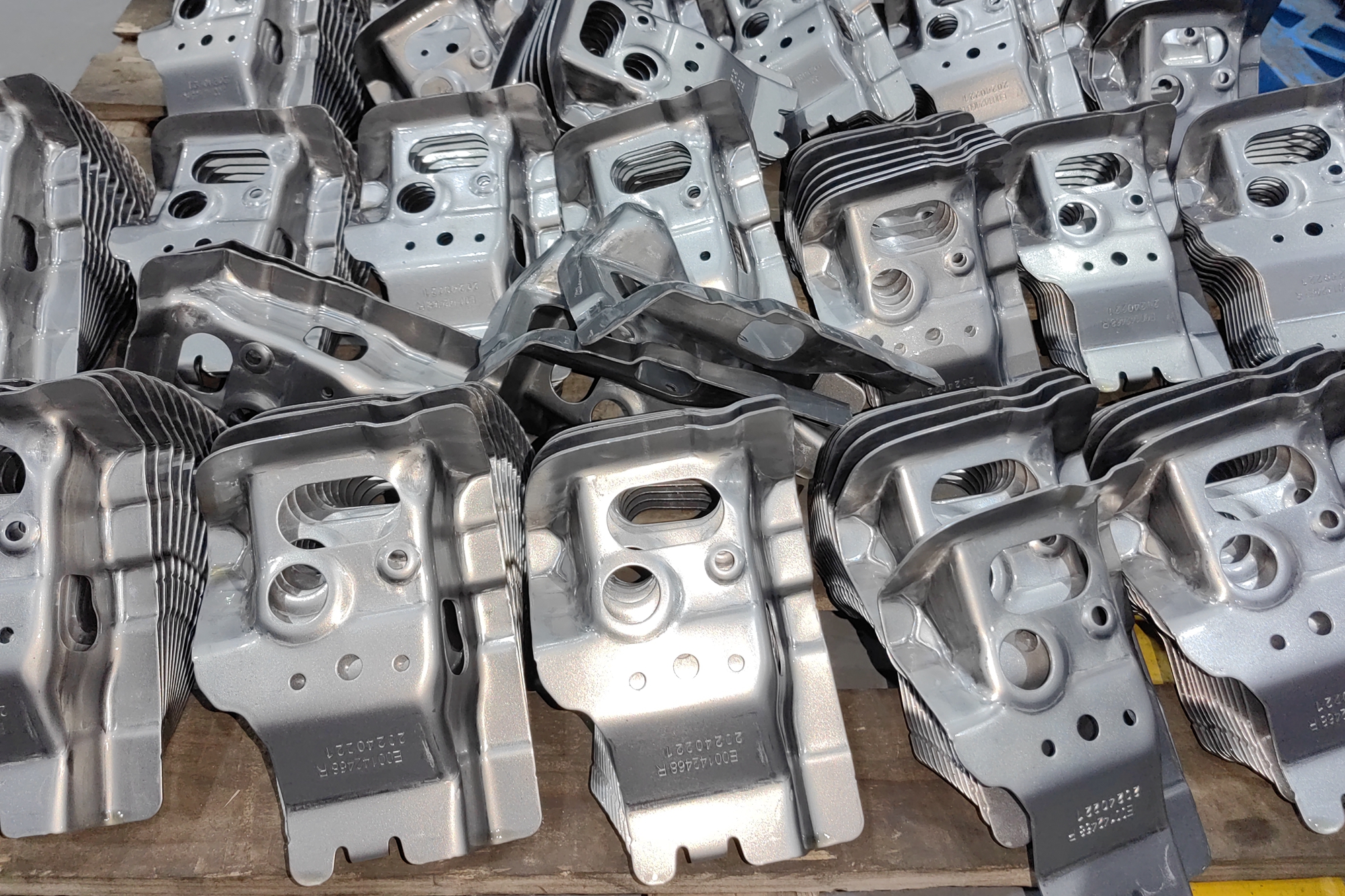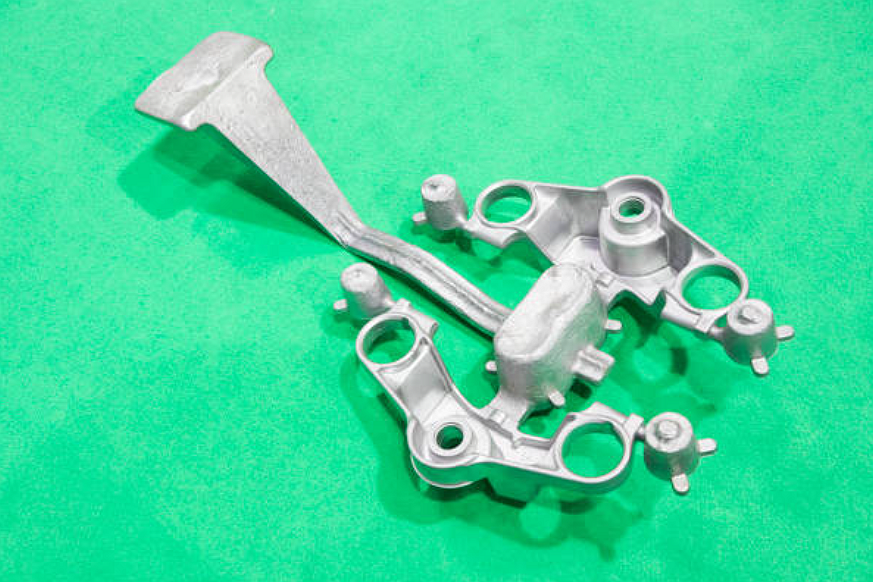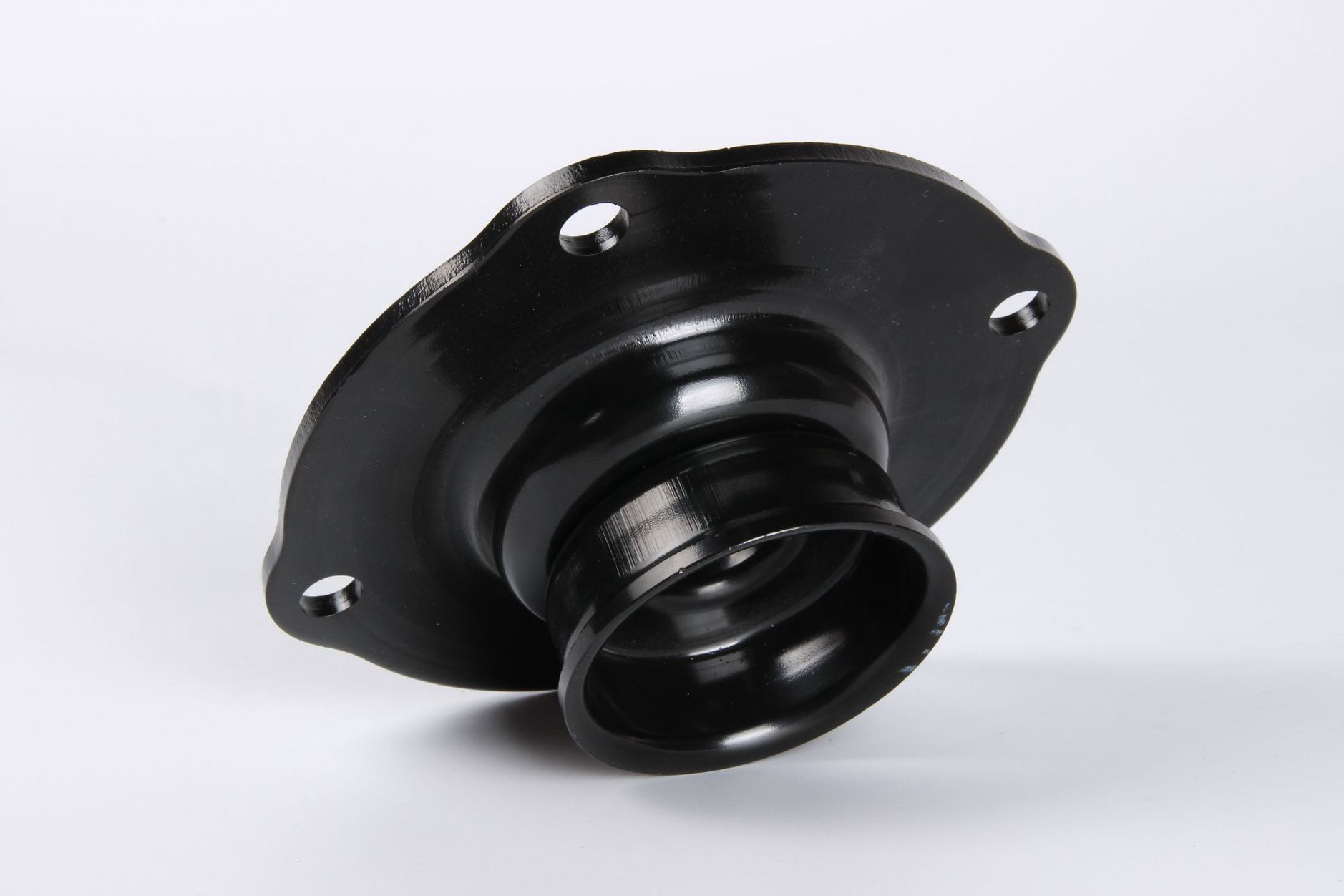Over Molding | Process, Materials, Pros, and Applications
Definition of Over Molding
Overmolding is a manufacturing process that combines two or more materials into a single part. The first material, called the substrate, is molded first. Mostly are overmolding injection molding substrates. The second material, the overmolds, is then molded over the substrate. The two materials are fused, creating a seamless, single part.
Overmolding is a versatile process that can be used to create various parts. It is often used to create parts that require a combination of strength, durability, and flexibility. Overmolding also creates parts resistant to wear, chemicals, or heat.
Overmolding in Various Industries
Overmolding is a valuable manufacturing process that can create various parts. It is a versatile process that can be used to create parts that require a combination of strength, durability, flexibility, and resistance to wear, chemicals, or heat. Overmolding is essential in a variety of industries, including automotive, medical, consumer electronics, toys and games, sporting goods, and industrial equipment.
Overmolding is essential in a variety of industries, including:
Automotive
Overmolding is used to create a variety of parts for cars and trucks, including bumpers, door handles, and interior trim. Overmolding allows manufacturers to create strong, durable, and aesthetically pleasing parts.
Medical
Overmolding is used to create a variety of medical devices, including catheters, surgical instruments, and prosthetics. Overmolding allows manufacturers to create sterile, comfortable, and easy-to-use parts.
Consumer electronics
Overmolding is used to create a variety of consumer electronics products, including keyboards, remote controls, and gaming controllers. Overmolding allows manufacturers to create durable, comfortable, and stylish parts.
Toys and games
Overmolding is used to create a variety of toys and games, including action figures, building blocks, and puzzles. Overmolding allows manufacturers to create durable, fun, and safe parts.
Sporting goods
Overmolding is used to create a variety of sporting goods, including golf clubs, baseball bats, and hockey sticks. Overmolding allows manufacturers to create parts that are durable, lightweight, and easy to grip.
Industrial equipment
Overmolding is used to create a variety of industrial equipment, including robots, conveyor belts, and machine tools. Overmolding allows manufacturers to create parts that are strong, durable, and resistant to wear and tear.
Overmolding is used to create parts that require a combination of strength, durability, and flexibility. Overmolding is also used to create parts that need to be resistant to wear, chemicals, or heat.
How does overmolding work step by step?
Overmolding is a two-step process that combines two or more materials into a single part. The first material, called the substrate, is molded first. The second material, the overmold, is molded over the substrate. The two materials are fused, creating a seamless, single part.
Here is a step-by-step guide on how overmolding works:
Design the part
The first step in overmolding is to design the part. This includes designing the substrate and the overmold. The substrate is typically made of a strong, durable material, such as ABS or nylon. The overmold is typically made of a softer, more flexible material, such as thermoplastic elastomer (TPE).
Create the mold
Once the part is designed, a mold must be created. The mold is made of a material that can withstand the heat and pressure of the overmolding process. The mold is typically made of steel or aluminum.
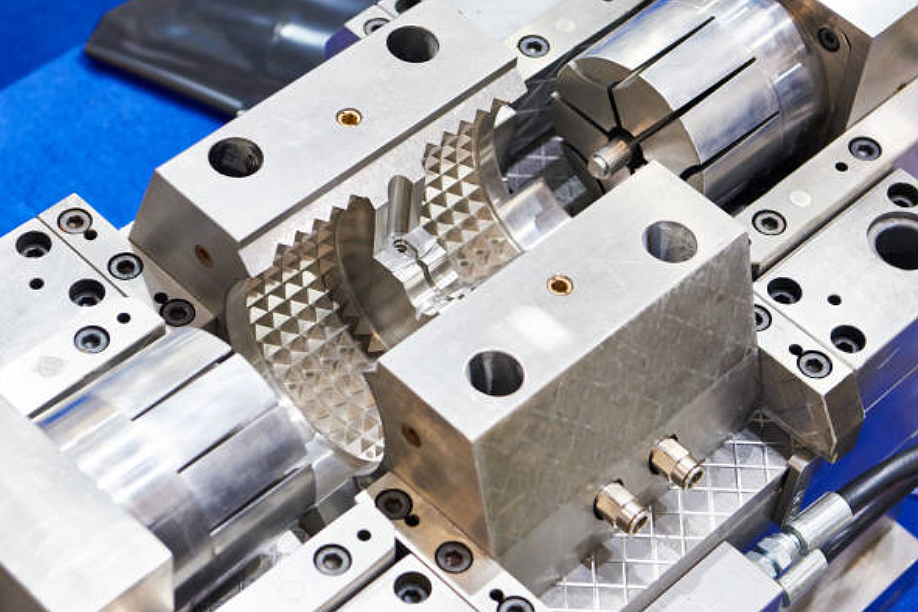
Substrate molding
The substrate is molded in the mold. The substrate is typically molded using the plastic injection molding process. Plastic injection molding is a process that forces molten plastic into a mold under high pressure.
Mold the overmold
The overmold is molded in the same mold as the substrate. The overmold is typically molded using hot runner technology. Hot runner technology allows the overmold to be molded without having to cool the substrate.
Remove the part from the mold
Once the overmold has cooled and hardened, the part can be removed from the mold. The part is now a seamless, single-part construction.
Overmolding is a versatile process that can be used to create a wide variety of parts. It is often used to create parts that require a combination of strength, durability, and flexibility. Overmolding also creates parts resistant to wear, chemicals, or heat.
Overmolding Process Classification
There are two main types of overmolding: single-shot overmolding and two-shot overmolding. In single-shot overmolding, the substrate and overmold are molded in a single step. In two-shot overmolding, the substrate and overmold are molded in two separate steps.
Insert molding
Insert molding is a process where a rigid material, such as metal or plastic, is inserted into a mold before the soft material is overmolded. This allows for creating parts with complex geometries and features that would not be possible with traditional injection molding.
Single-shot overmolding
Single-shot overmolding is the most common type of overmolding. It is a faster and more efficient process than two-shot overmolding. However, single-shot overmolding is not always possible. In some cases, the substrate and overmold materials cannot be molded together in a single step.
Two-shot overmolding
Two-shot overmolding is a more complex process than single-shot overmolding. However, it is more versatile and can be used to create a wider variety of parts. Two-shot overmolding is often used to create parts that require a high level of detail or a specific combination of materials.
Multi-shot molding
Multi-shot molding is a process where two or more different materials are injected into a mold in multiple steps. This allows for the creation of parts with different properties in different areas, such as a hard outer shell and a soft inner core.
Overmolding Material Selection
The materials selection for overmolding is a critical step in the design process. The two materials, called the substrate and the overmold, must be compatible with each other. They must also be able to withstand the conditions that the part will be exposed to.
The substrate is typically made of a strong, durable material, such as ABS or nylon. The overmold is typically made of a softer, more flexible material, such as thermoplastic elastomer (TPE).
Here are some of the factors to consider when selecting materials for overmolding:
Strength and durability: The materials must be strong enough to withstand the forces that the part will be subjected to.
Flexibility and impact resistance: The materials must be flexible enough to absorb impact without breaking.
Wear resistance: The materials must resist wear from friction and abrasion.
Chemical resistance: The materials must be resistant to the chemicals exposed to the part.
Heat resistance: The materials must be resistant to heat that the part will be exposed to.
Common materials used in overmolding
Once the materials have been selected, the next step is to design the part. The design must take into account the properties of the materials. For example, if the substrate is made of a strong, rigid material, the overmold must be made of a softer, more flexible material to provide a cushioning effect.
Material | Substrate | Overmold |
Strong, durable | Flexible | |
Soft, flexible | Resistant to wear and abrasion | |
Strong, transparent | Resistant to chemicals and heat | |
Strong, durable | Resistant to chemicals and heat | |
Strong, durable | Resistant to chemicals and heat | |
Soft, flexible | Resistant to wear and abrasion | |
Durable, inexpensive | Resistant to chemicals and heat |
The materials used in overmolding can vary depending on the specific application. However, the materials listed in the table are some of the most common materials used for overmolding.
It is important to note that the materials used in overmolding must be compatible with each other. This means that the materials must be able to bond together without melting or deforming. The materials must also be able to withstand the forces that the part will be subjected to.
Suppose you are considering using overmolding for your next project. In that case, it is important to consult an overmolding manufacturing expert to ensure you select the right materials and design the part correctly.
Pros of Over Molding
Overmolding is a versatile manufacturing process that can be used to create a wide variety of parts with enhanced functionality, aesthetics, durability, protection, cost savings, and design flexibility.
Enhanced Product Functionality
Overmolding can be used to enhance the functionality of a product by combining two or more materials with different properties. For example, a hard, durable material can be used for the substrate, and a soft, flexible material can be used for the overmold. This can create a part that is both strong and comfortable to use.
Improved Aesthetics and Ergonomics
Overmolding can also be used to improve the aesthetics and ergonomics of a product. For example, a colored overmold can be used to add a splash of color to a product, or a soft, textured overmold can be used to improve the grip of a product.
Increased Durability and Protection
Overmolding can also be used to increase the durability and protection of a product. For example, a hard, durable material can be used for the substrate to protect the product from damage, and a soft, flexible material can be used for the overmold to absorb impacts.
Cost Savings and Reduced Assembly
Overmolding can also save costs and reduce assembly time. For example, overmolding can create a single part that would otherwise require two or more parts to be assembled together. This can save costs on materials, labor, and assembly.
Design Flexibility and Customization
Overmolding can also give designers more flexibility and customization options. For example, overmolding can create parts with complex geometries and features that would not be possible with traditional injection molding. This can give designers more freedom to create products that meet the specific needs of their customers.
Overmolding silicone is a process where silicone rubber is molded over another substrate material to create a new product or improve an existing one. The benefits of this process include improved function, enhanced aesthetics, and increased durability.
Applications of overmolding silicone
Medical devices: Silicone overmolding is used in various medical devices, such as catheters, implants, and surgical instruments. Silicone provides a soft, comfortable surface that is also resistant to chemicals and bacteria.
Consumer electronics: Silicone overmolding is used in various consumer electronics, such as cell phones, laptops, and tablets. Silicone provides a durable, shock-resistant coating that protects the electronics from moisture and dust.
Industrial equipment: Silicone overmolding is used in various industrial equipment, such as robots, machine tools, and power tools. Silicone provides a durable, wear-resistant coating that protects the equipment from chemicals and extreme temperatures.
Automotive parts: Silicone overmolding is used in various automotive parts, such as door handles, dashboard panels, and steering wheels. Silicone provides a durable, weather-resistant coating that protects the parts from UV rays and other environmental factors.
Overmolding silicone is a versatile process that can create various products. It is a valuable manufacturing process that can be used to create strong, durable, and versatile products.
Benefits of overmolding silicone
Improved function: Silicone overmolding can improve the function of a product by providing a soft, comfortable surface, a durable, shock-resistant coating, or a weather-resistant coating.
Enhanced aesthetics: Silicone overmolding can enhance the aesthetics of a product by providing a smooth, glossy finish or a textured surface.
Increased durability: Silicone overmolding can increase the durability of a product by making it resistant to wear, tear, chemicals, and extreme temperatures.
Cost savings: Overmolding silicone can save costs by reducing the need for assembly and using a single material for both the substrate and the overmold.
Design flexibility: Overmolding silicone offers a lot of design flexibility, as it can be used to create parts with different colors, materials, and features.
Overmolding Vs. Insert Molding
Overmolding and insert molding are plastic manufacturing processes that combine two or more materials to create a single part. However, there are some critical differences between the two processes.
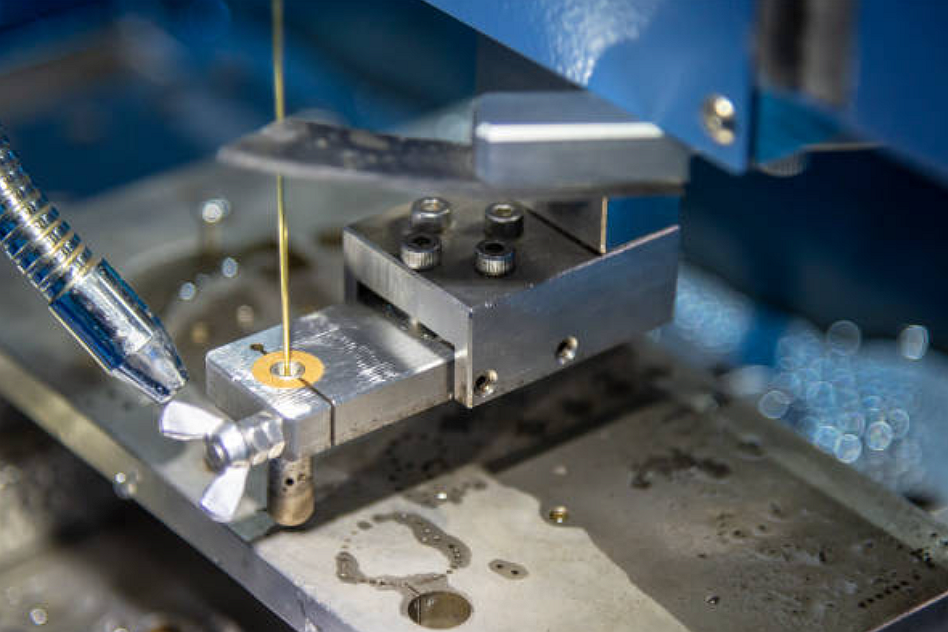
Overmolding is a process where a soft material is molded over a rigid material. The soft material is typically a thermoplastic elastomer (TPE), while the rigid material can be a variety of plastics, including ABS, nylon, and polycarbonate. Overmolding is often used to create parts with enhanced functionality, improved aesthetics, and increased durability. For example, overmolding can create a soft, comfortable grip on a tool or a durable, weather-resistant housing for an electronic device.
Insert molding is a process where a rigid material is inserted into a mold before the soft material is molded around it. The rigid material is typically a metal, while the soft material can be a variety of plastics. Insert molding is often used to create parts with complex geometries and features that would not be possible with traditional injection molding. For example, insert molding can be used to create parts with moving parts, such as gears and levers.
Here is a table that summarizes the key differences between overmolding and insert molding:
Feature | Overmolding | Insert Molding |
Number of materials | Two | Two or more |
Materials used | Soft thermoplastic elastomer (TPE) and hard plastic | Hard metal and soft plastic |
Applications | Enhanced functionality, improved aesthetics, increased durability | Complex geometries and features |
Cost | Typically more expensive than insert molding | Typically less expensive than overmolding |
Lead time | Typically longer than insert molding | Typically shorter than overmolding |
Trends in overmolding
Overmolding is a manufacturing process that combines two or more materials to create a single part. The soft material is typically a thermoplastic elastomer (TPE), while the rigid material can be a variety of plastics, including ABS, nylon, and polycarbonate. Overmolding is often used to create parts with enhanced functionality, improved aesthetics, and increased durability.
Increased use of TPEs:
TPEs are becoming increasingly popular for overmolding applications because they offer a variety of advantages, such as soft touch, flexibility, and resistance to chemicals and abrasion.
Development of new overmolding technologies:
New overmolding technologies are being developed that offer improved performance and efficiency. For example, multi-shot overmolding allows for creating parts with multiple layers of different materials. In contrast, two-shot overmolding allows for creating parts with two distinct layers of the same material.
Growing demand for customized overmolded parts:
The demand for customized overmolded parts is growing as manufacturers seek to differentiate their products. Overmolding offers high design flexibility, allowing manufacturers to create parts that meet their specific requirements.
Overall, the trends in overmolding are positive. The increasing use of TPEs, the development of new overmolding technologies, and the growing demand for customized overmolded parts are all expected to drive growth in the overmolding market in the coming years.
